TABLE OF CONTENTS
Exotic purple strains are the highest grade strains found in a dispensary, usually at a higher price point. If you are a new or seasoned user and want to try the best of the best, check out these 7 exotic purple strains of weed you need to try.
What Is Exotic Weed?
In the dictionary, “exotic” is defined as an adjective meaning:
- “Originating in or characteristic of a distant foreign country”
- “Attractive or striking because colorful or out of the ordinary”
- “Of a kind not used for ordinary purposes or not ordinarily encountered”
When used to define cannabis strains, the term exotic can refer to a strain that is not commonly found in the region and has a strong cannabinoid and terpene content. Exotic strains usually have a high concentration of terpenes and a powerful aroma and flavor that delights users. Let's take a look at some Exotic Purple Strains.
Exotic Purple Strains
1. Ice Cream Cake
Ice Cream Cake, developed by Seed Junky, is an exotic cross between Wedding Cake and Gelato #33 strains. This exclusive and rare indica-dominant strain has dense buds with purple and green leaves and yellow pistils.
Its calming effects can help with sleep, pain, and anxiety. It is best used during the evening and night time when you can enjoy your extremely relaxing effects at home. To top off the experience, you can enjoy Ice Cream Cake’s notes of vanilla, citrus, and pepper.
2. Purple Diesel
Purple Diesel is a cross between Pre-98 Bubba Kush and Sour Diesel, two legendary strains in their own right. Purple Diesel is available in many varieties from different growers. Overall, it features dark purple tints with a green backdrop and a sour and diesel aroma.
Purple Strain elicits energizing and uplifting feelings that make users feel focused and happy. Medical users may use this strain to treat stress, anxiety, and pain. As a sativa-dominant strain, it is best used during the daytime to enjoy its euphoric and invigorating effects.
3. Pinkman Goo
Developed in 2017 by CaliCropDoc, Pinkman Goo is one of the most exotic and intriguing strains to date. Not only does it boast striking pink and, sometimes, purple flower buds, but it has a unique mutation that produces oozing resin from its buds and sugar leaves.
Pinkman Goo’s excess trichome production gives it slightly higher THC levels then other strains, up to 4% higher THC content. Experienced an incredible sense of calm and relaxation with this indica-dominant strain.
It is a perfect strain for relief of stress, sleep issues, and chronic pain. We don't know the true genetics of this strain but we do know that it has a fruity and minty taste that keeps users coming back for more. Don't miss out on this exclusive and exotic strain.
4. Purple Power
Purple Power is a sativa-dominant strain with Skunk #1 and Purple Haze genetics. It became popular in the mid-1990s and, over the years, growers have developed their own versions with similar genetics.
Purple Power has striking violet buds with vibrant orange and green pistils. It has a rich and complex aroma of floral, skunky, and earthy notes. Some medical users consume it to treat loss of appetite, depression, and anxiety.
This sativa strain produces an intense and fast-acting high that leaves users feeling completely relaxed with a sense of euphoria. While Purple Power may be good to feel relaxed and focused, it does not cause users to feel couchlocked.
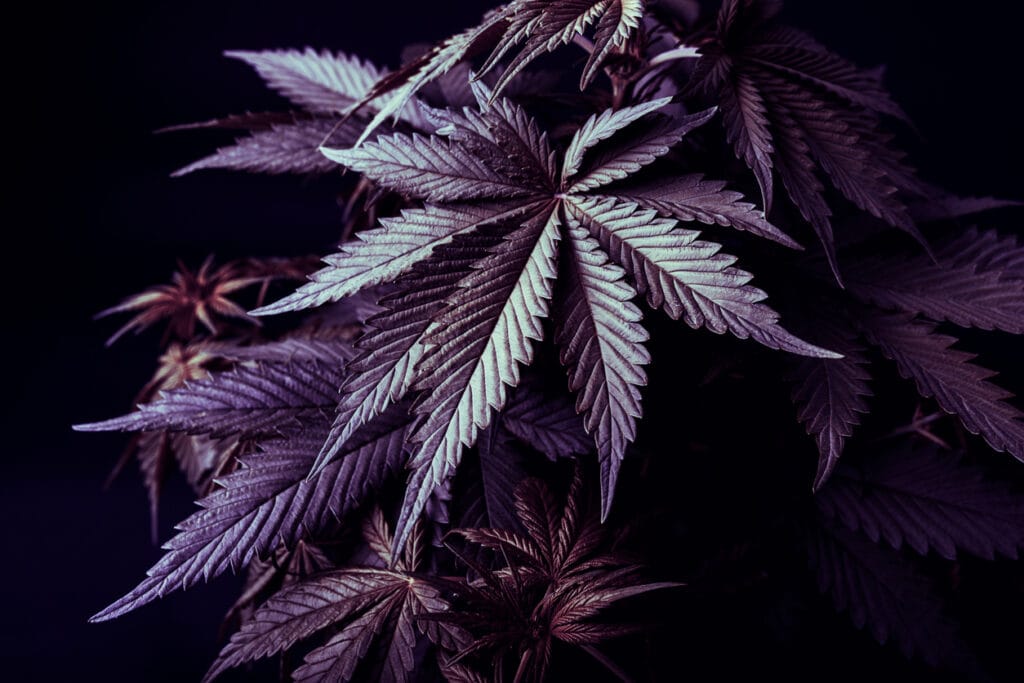
5. God Bud
God Bud, also known as Purple God Bud, is an indica-dominant strain with Hawaiian and Purple Skunk genetics. Expect a strong and fast-acting high that'll leave you couch locked. The extremely relaxing effects are excellent for stress, pain, anxiety, and insomnia relief.
God Bud, developed by BC Bud Depot in Canada, features striking hints of purple leaves mixed with bright green leaves and orange pistils. It has an incredible tropical fruit taste with notes of lavender, pine, and berry.
6. Purple Tangie
Purple Tangie is a sativa-dominant strain developed by crossing Tangie with an unknown purple cultivar. This exotic strain has dark green and purple leaves with reddish-orange pistils throughout and an aroma of citrus, orange, and floral sweetness.
Purple Tangie is known to produce energizing effects that can make users feel focused, invigorated, and euphoric. No wonder it is an award-winning strain. It is also a great strain to treat depression, pain, and arthritis.
7. Sirius Black
Sirius Black, from Oregon Breeders Group, is an indica-dominant strain with dark purple hues and a complex terpene profile. Expect a strong aroma and flavor of grapes with a hint of tartness.
Sirius Black produces an invigorating and euphoric effect that unleashes users’ creative and imaginative side. It can be the perfect strain to relieve stress and anxiety in a social environment. It can also be used any time during the day. As you can see there are some amazing exotic purple strains of weed out there.
Why Is Some Weed Purple?
The marijuana plant does better when genetics and environment play a role. Why? It helps with the coloration of the marijuana plant. Each plant variety looks differently as it relates to color. So, what causes this? For example the Black Cherry Soda has a dark purple color and bright orange hairs mixed in it, giving it a streaky look of fire.
Let's find out what is the cause of the color of marijuana strains and examine the factors that influence the color of the plant as well as why some marijuana strains tend to look more brighter in color than others.
Does the color purple mean that the marijuana strains are more potent (have a higher THC level)? Let's first look at the genetics.
Influence of Genetics
For any plant to have a vibrant hue that is not green as expected, then genetics will play a major role. The building blocks that genetically make up the coloring of the marijuana strains are known as anthocyanins. These are from the flavonoid family, which provides the necessary pigmentation and that is why some plants such as cabbage, blueberries, grapes, and eggplant end up with other colors than green. There are some cannabis strains that have natural amounts of anthocyanins compared to other strains. Have you ever taken notice of this?
The Granddaddy Purple marijuana strain is expected to have a deep purple color with hints of lavender. This means that this particular stain has a higher level of anthocyanin.
This is one of the features that many cannabis breeders try to maintain in their crop so as to make the cannabis consumer appreciate the pretty colors. For that reason, you see more marijuana strains with a similar shade of purple such as Mendocino Purps, Purple Kush and Purple Urkle, just to name a few.
The Uniqueness
The phenotypes and genotypes of marijuana strains is what is unique to the change in coloration. If the conditions are appropriate, there are some specific marijuana strains with very high levels of anthocyanin that will show a propensity of having fancy colors once they are harvested. This is as a result of the type of unique phenotypes and genotypes.
Marijuana plants that have a lower level of anthocyanin could still result in a wide variety of colors and this will show up in the final weeks where flowering takes place. This may be due to carotenoids, which is a different family of molecules. These carotenoids will change the color of the plant to an earthy yellow or gold as the chlorophyll is shut off prior to harvesting.
Changing from Green to Purple
How does marijuana strains change from the natural green expected to a purple hue? You may have learned in your biology class that chlorophyll is the catalyst of providing plants with its green color. The photosynthesis process and chlorophyll go hand in hand as plants depend on this for their green color and energy. Once your marijuana plants become mature, less chlorophyll pigment is produced. The anthocyanins will emerge as the chlorophyll is no longer dominant.
“
There are over 300,000 jobs in the cannabis industry. CTU trained me for one of them!

Makes $24.50 @ THC +
For that reason, the plant will show colors of reds, purples and blues. However, marijuana growers should be aware that the environment has a lot to do with the production of chlorophyll and the overall condition of the marijuana plant.
Even though, not all marijuana strains will result in blue, red or purple hues, with the right genetics and environmental condition, you could expect that.
Do you want to know about the coloration of marijuana strains? We invite you to go to the Cannabis Training University today, the premier cannabis education courses.
Learn More About Cannabis Strains at CTU
Interested in learning more about different types of cannabis strains, how to grow them, and how to create a variety of infusions and extracts? Enroll in Cannabis Training University’s comprehensive cannabis courses online to become a Master of Marijuana.

Gavin Kushman
Gavin is a worldly adventurer and cannabis connoisseur, embarking on journeys that take him to the far corners of the globe to explore and document the varied effects, flavors, and histories of both renowned and lesser-known strains. From the misty high-altitude farms of the Hindu Kush highlands to the vibrant cannabis cafes of Amsterdam, Gavin's quest for knowledge spans continents. A recognized authority in the cannabis industry, he frequently lends his expertise to leading publications such as Cannabis Training University, where his captivating blog articles chronicle his unique experiences with different cannabis strains.


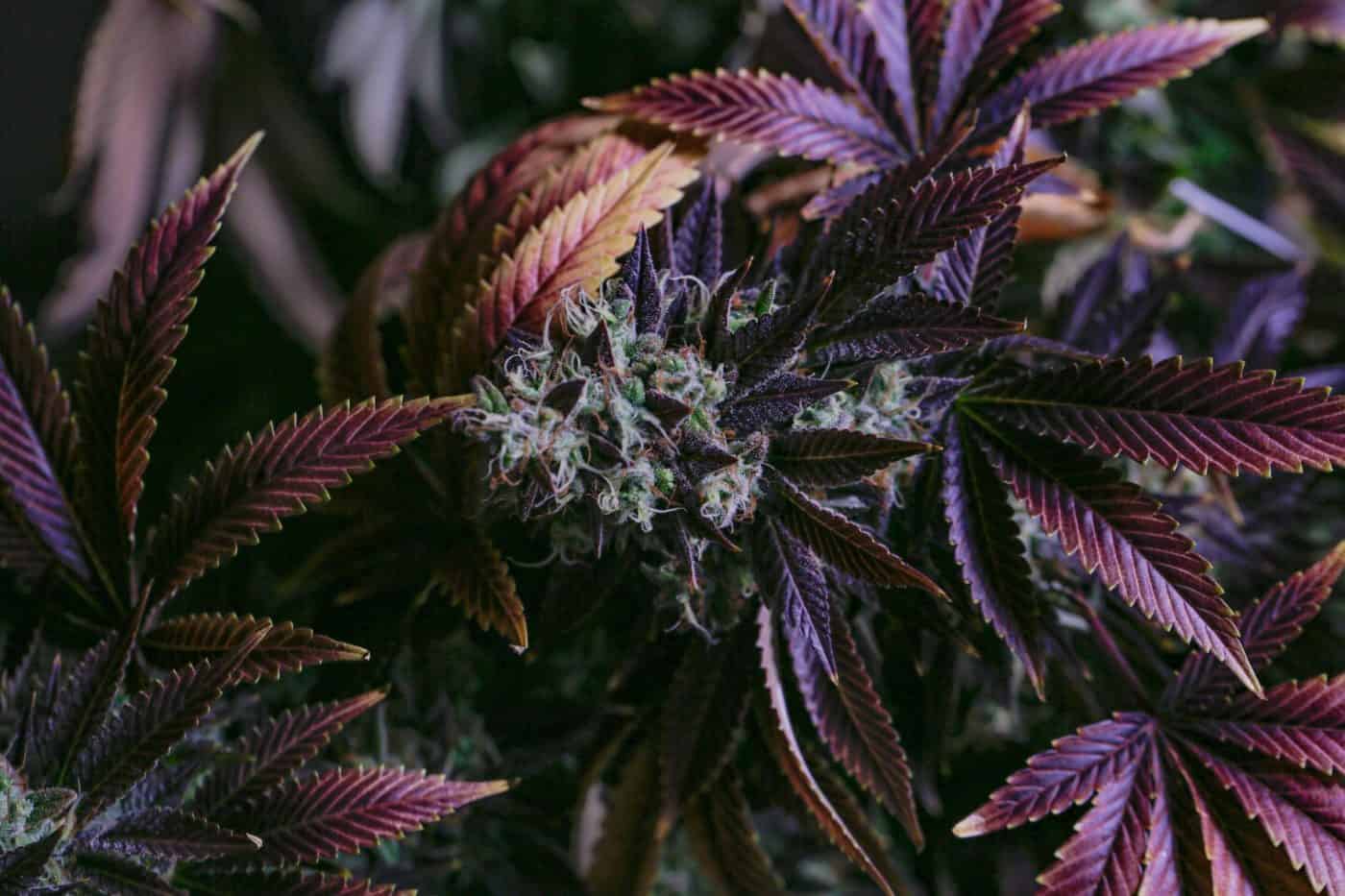



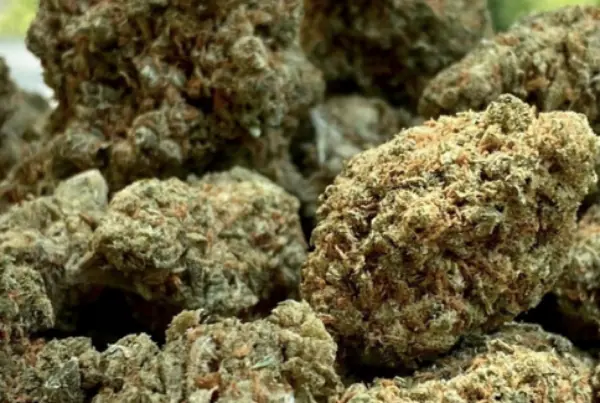
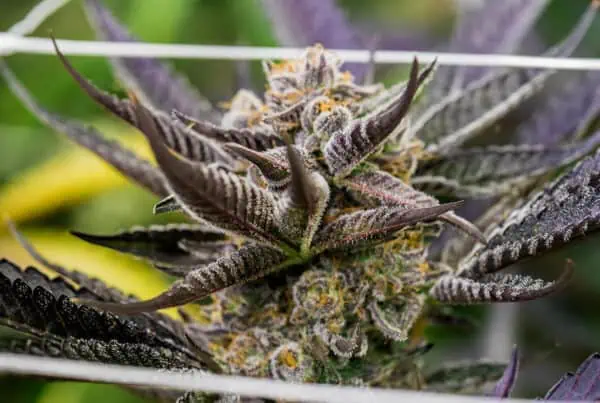


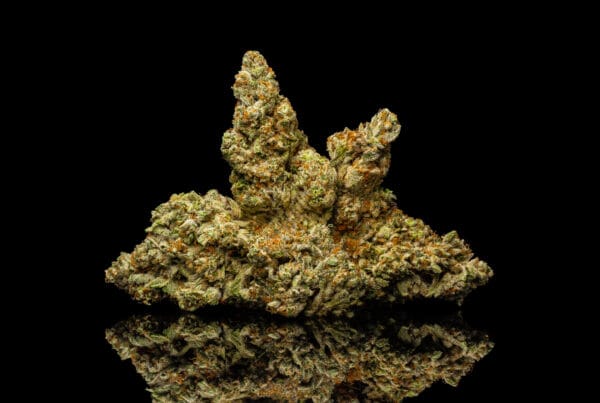

 Jeff was involved in an accident where he endured a traumatic brain injury. He had a week-long stay in ICU where brain surgeons
Jeff was involved in an accident where he endured a traumatic brain injury. He had a week-long stay in ICU where brain surgeons  100% risk free money back guarantee within 48 hours after purchase if student has not completed any of the courses or exams.
100% risk free money back guarantee within 48 hours after purchase if student has not completed any of the courses or exams.